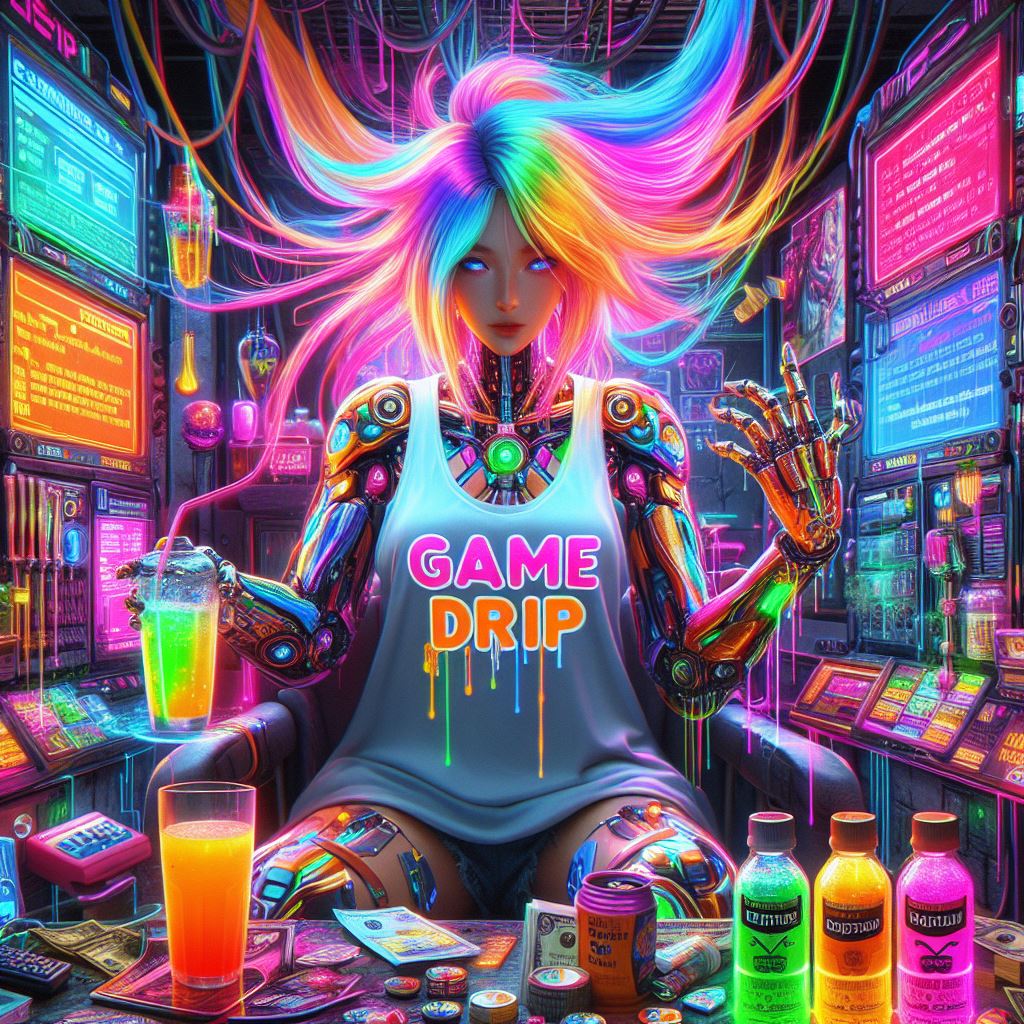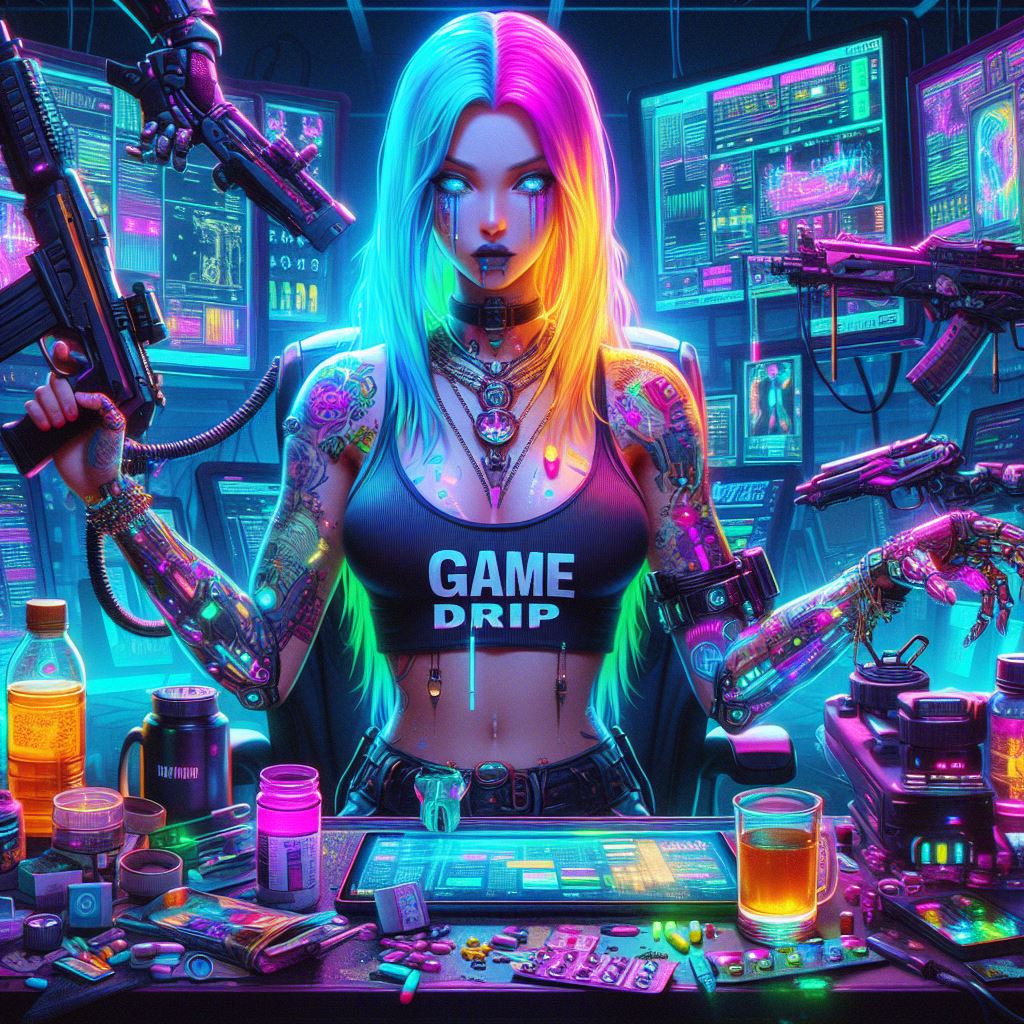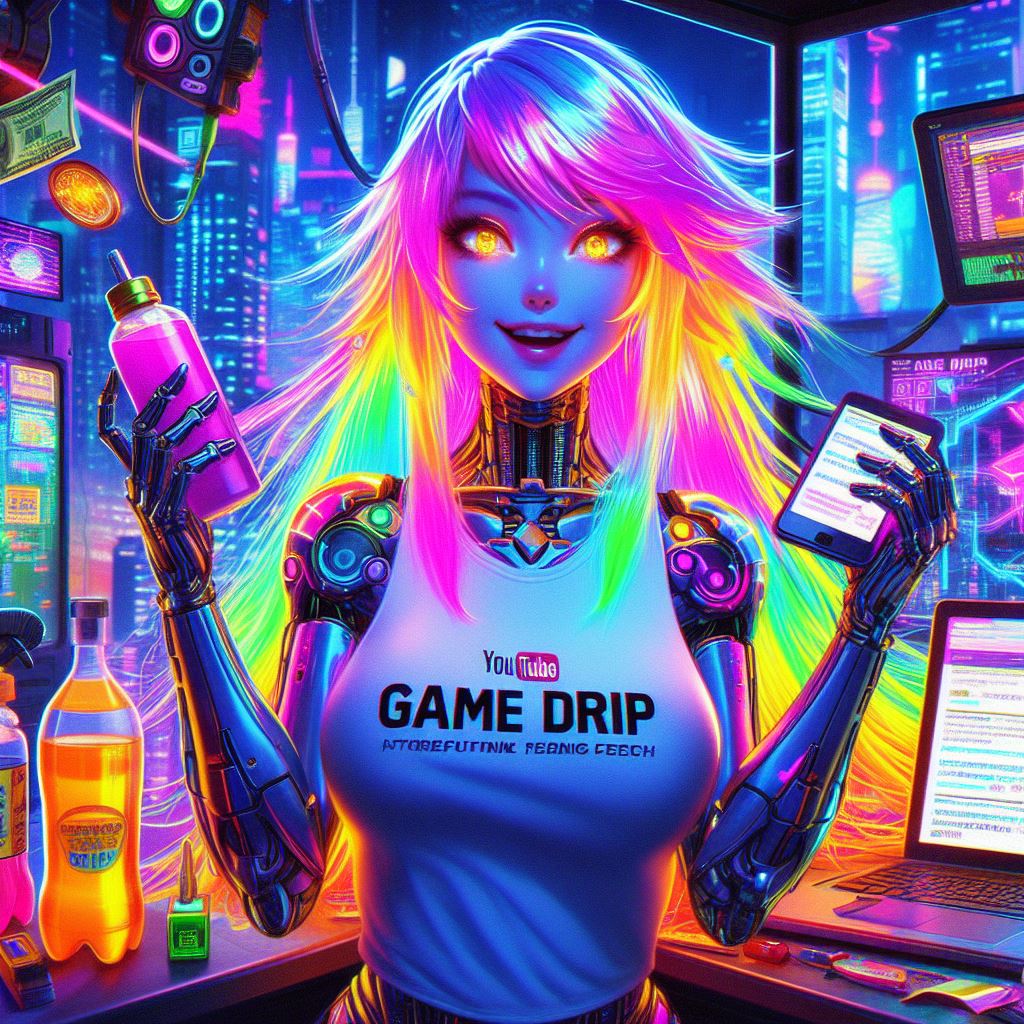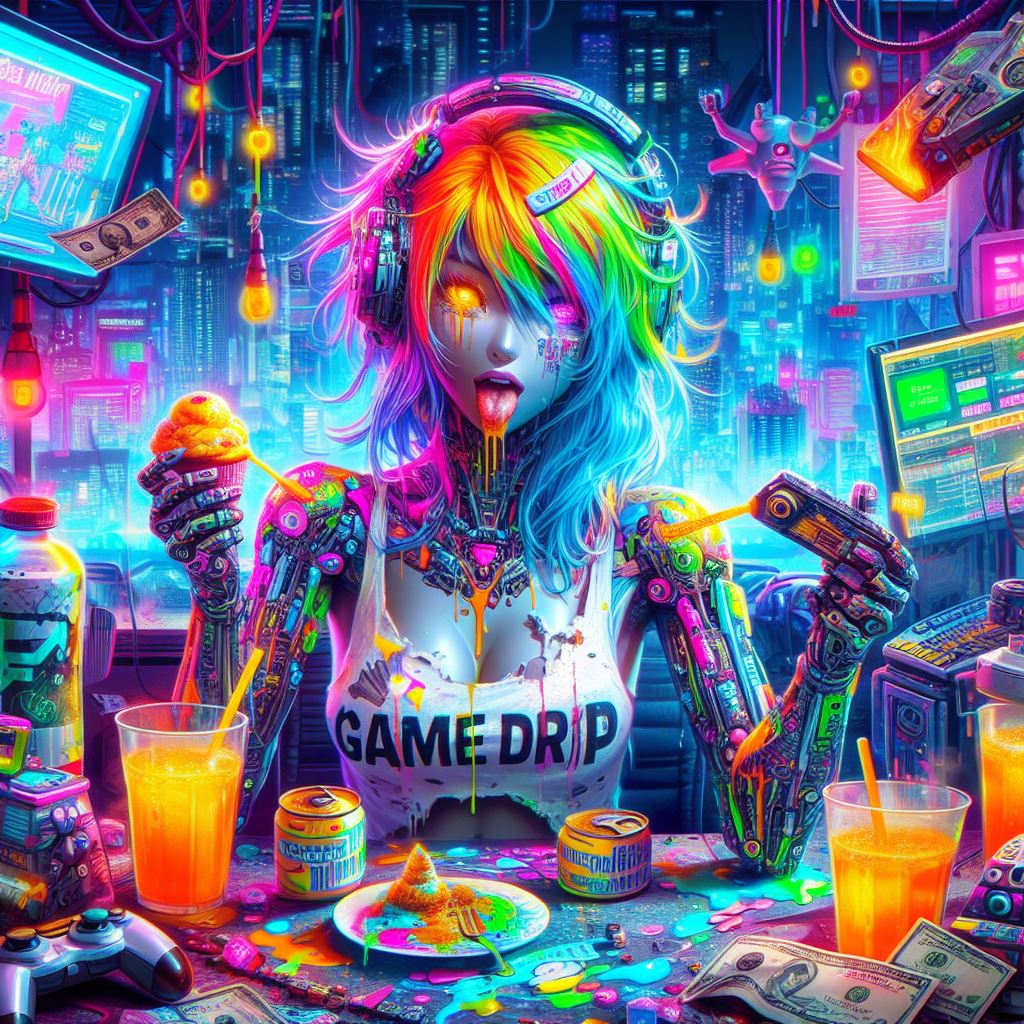As featured on Minecraft Servers Listing
#PVP #Rocketry #Quests #Teams #Economy
This modpack was designed so everyone can enjoy Stargate like in the TV Series in their own fun and creative way. You can build ships, travel in space, travel threw stargates of course two, form your own colony, etc.. If you play on the server you can Create a team or Join at team and play with others. Far warned you will be going up against everyone and everything out their. The modpack features a skill system similar to what RLCraft offers but not as pain stalkily hard. This pack was formally SwordPacks:Stargate, but I’m personally getting bombarded with so many modpacks to manage I’m discontinuing a lot of them to focus my attention on just two. Why the name change? Well with RACraft I can actually base the stargate modpack around the Egypt God RA. Which works out considering the movie Stargate is based on RA. So just going by a name I made up and having to figure out slogans etc. with SwordPacks, renaming it RACraft made my job so much easier. This modpack is server ready, so if you wish to make a server of your own please continue below for more info.

Stargate (stylized as STARGᐰTE) is a military science fiction media franchise based on the film directed by Roland Emmerich, which he co-wrote with producer Dean Devlin. The franchise is based on the idea of an alien Einstein–Rosen bridge device (the Stargate) that enables nearly instantaneous travel across the cosmos. The franchise began with the film Stargate, released on October 28, 1994, by Metro-Goldwyn-Mayer and Carolco, which grossed US$197 million worldwide. In 1997, Brad Wright and Jonathan Glassner created a television series titled Stargate SG-1 as a sequel to the film. This show was joined by Stargate Atlantis in 2004, Stargate Universe in 2009, and a prequel web series, Stargate Origins, in 2018. Also consistent with the same story are a variety of books, video games and comic books, as well as the direct-to-DVD movies Stargate: Children of the Gods, Stargate: The Ark of Truth, and Stargate: Continuum, which concluded the first television show after 10 seasons.
In 2011, Stargate Universe, the last Stargate program on television, ended its run. Brad Wright announced that there were no more plans to continue the same story in further productions. In 2016, comic publisher American Mythology acquired the rights to publish new Stargate Atlantis stories set within the established franchise canon. This was expanded in 2017 to include new Stargate Universe comics as well, resolving the cliffhanger that ended the show. The predominant story arc thus ran for more than 15 years, including 18 seasons (364 episodes) of programming, and 22 comic book issues as of January 2020. However, a variety of other media either ignore this main continuity or resets it, while maintaining essential elements that define the franchise (mainly, the inclusion of a Stargate device). These include the 2002 animated series Stargate Infinity.
There are a few ways to keep up with RACraft they are listed as follows:

Official Discord : Join us to keep in touch with updates, chat, and just have fun
Youtube Channel : Our Official Channel to promote RACraft to the world
Official Website : Coming Soon
BisectHosting offers quick, simple, and high-quality server hosting with over a dozen locations available across the world, ensuring low latency. After your purchase, the server is already configured and ready to use.
Use the code “stargate” to get 25% off your first month as a new client for any of their gaming servers.
We recommend that you use at least 5GB to run the pack smoothly with 5-7 players.

All Credit Goes to their Authors/Creators for making the content I have posted
I am not affiliated with the makers of Stargate and therefore make it clear I do not own it.




















